Artist Interviews 2021
Kamilla Tolnø 
By Laura Siebold
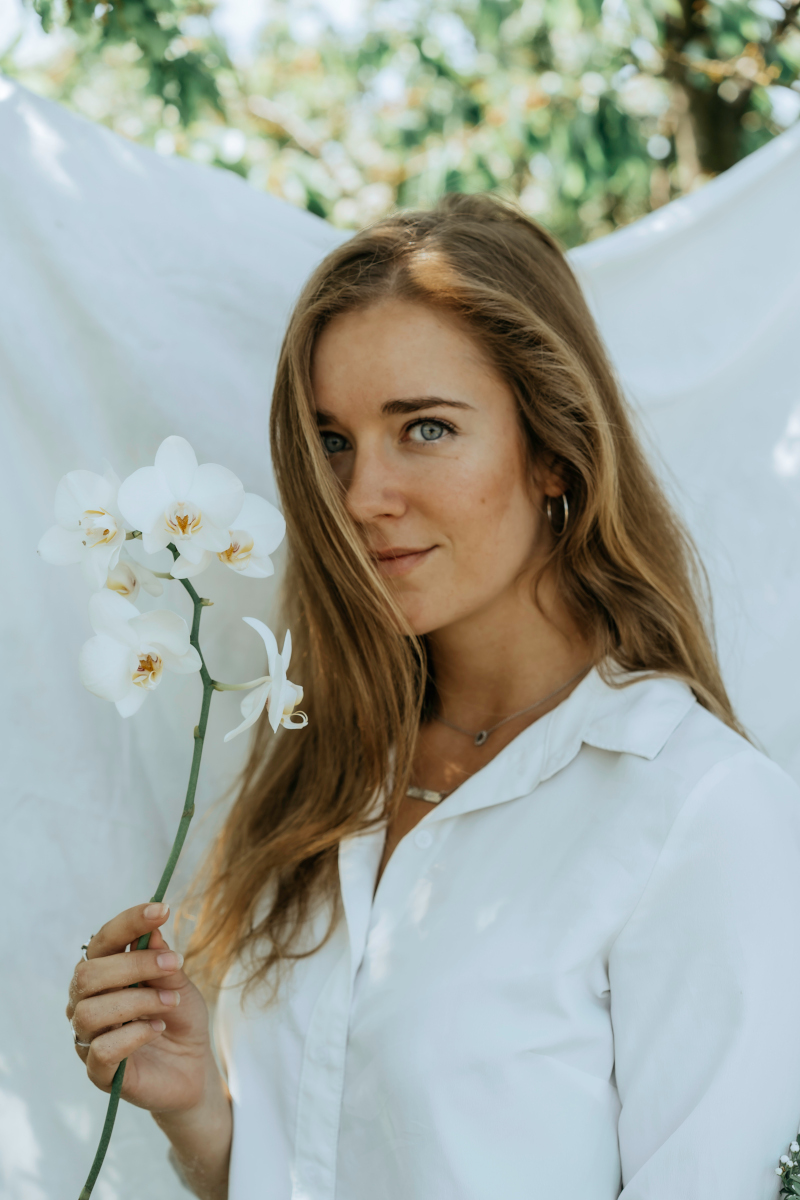
Kamilla Tolnø is the author of a self-published poetry collection comprised of four books: “the moon”, “the orchid”, “the ocean”, and “the wolf”. In
“the northern collection” the author writes about the depth of emotions and the complexity of feelings, finding the words the reader himself/herself/themselves may struggle with. Tolnø’s poetry is endowed with simplistic, yet powerful imagery, supporting her poetry. Kamilla started sharing her art on Instagram since 2017; since then, she has gained more than 300,000 followers on the platform. The first part of her four-piece poetry collection was published in 2020 and gained #1 bestseller status in her category.
In her interview, Kamilla talks about the self-publishing process, about the idea and inspiration behind “the northern collection”, her style of writing, and the role of illustrations in her work. While Kamilla originally started writing in her mother tongue Danish, her recent publications have been published in English.
Kamilla is based in Copenhagen, Denmark.
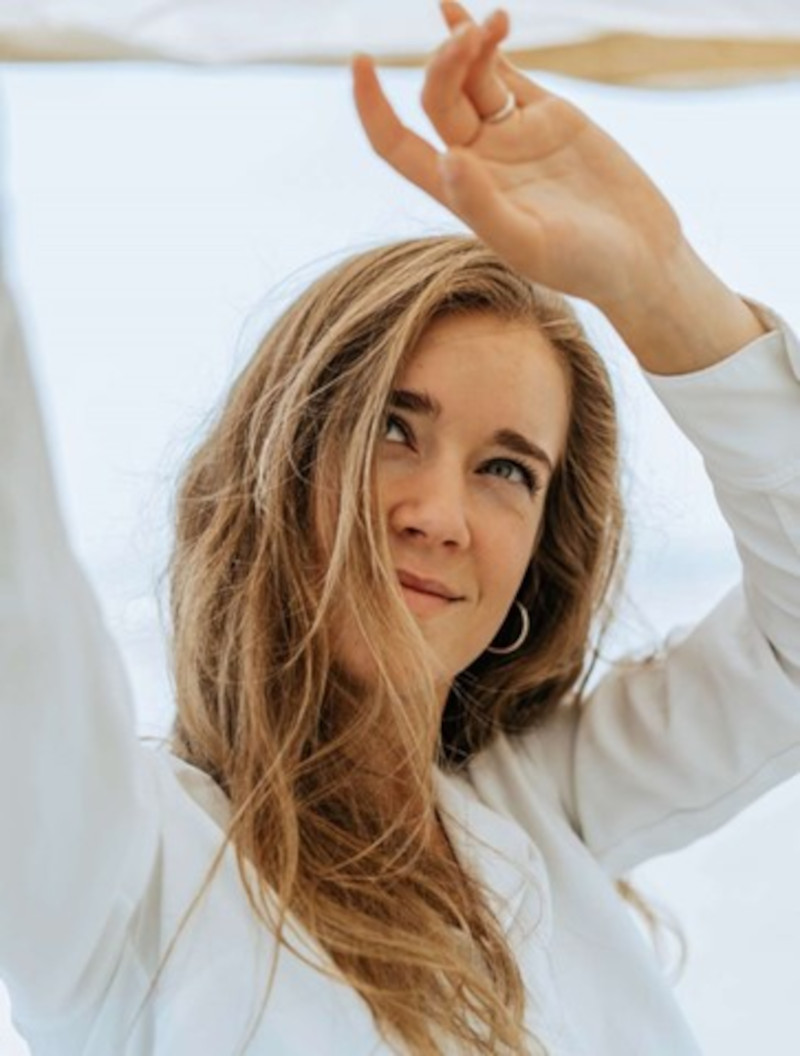
Your poetry collections are self-published. Can you tell us a little about your self-publishing process? What is the central theme of your first poetry collection?
My poetry collections are self-published through amazon KDP which makes the books available in all Amazon stores, as well as through Ingram Spark, which more resembles a traditional publisher, putting my books in stores such as Target, Indigo and Barnes & Nobles. The process for me was one of trial and error - I made a lot of mistakes along the way but was happily able to correct most of them along the way. I am quite passionate about my books and wanted them to be exactly as I imagined them in my head, meaning it required a lot of changes and proof copies. Self-publishing is in many ways a great opportunity, but it also represents certain challenges that sometimes make the process a bit tedious and time-consuming.
My first poetry collection "the moon" is based on the idea of always searching for a hint of light in the darkness. Touching upon themes such as heartbreak, depression, and loss, it is meant to inspire the readers to find a silver lining in even the hardest parts of their lives. It is definitely the heaviest, but also the most personal and raw of the four books. I typically recommend it to those who are currently struggling, battling depression, or trying to heal a heartbreak.
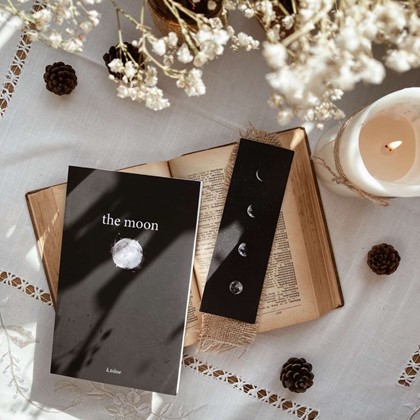
What was the inspiration and the intention behind "the northern collection"? Why did you choose to publish the collection in four parts?
The northern collection is inspired by my upbringing in Scandinavia, more particularly Denmark. I have always been influenced by the nature around me and I think that is quite visible in my writing and in the books especially. I wanted the books to resemble the journey that I have been on myself – from a place of complete pain to one where I am finally ready to embrace my own power. At the same time, I thought publishing the collection in four parts would add an interesting aspect of my readers being able to give me feedback and input along the way in a sort of a co-writing process. Admittedly, it was a lot more work than I thought, especially with the pandemic changing the year of 2020 so radically and me starting university that same summer. However, I liked how the books show me how much I have evolved during that year and how the most loyal of my readers have been with me every step of the way.
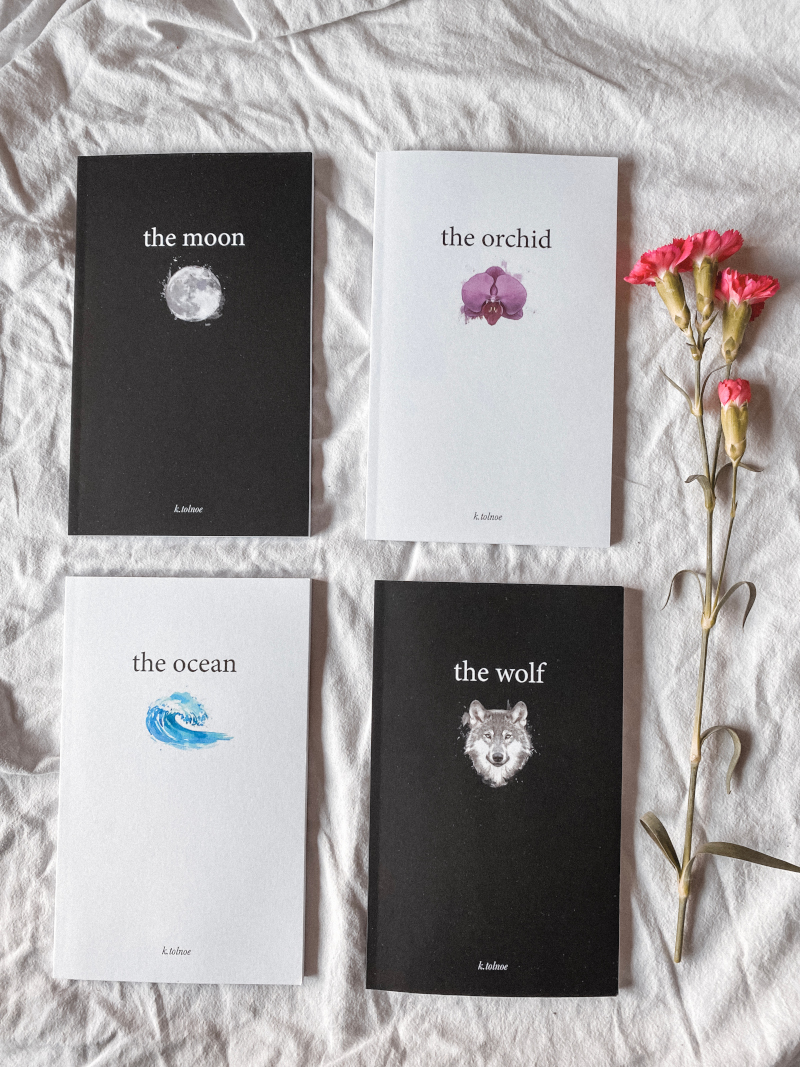
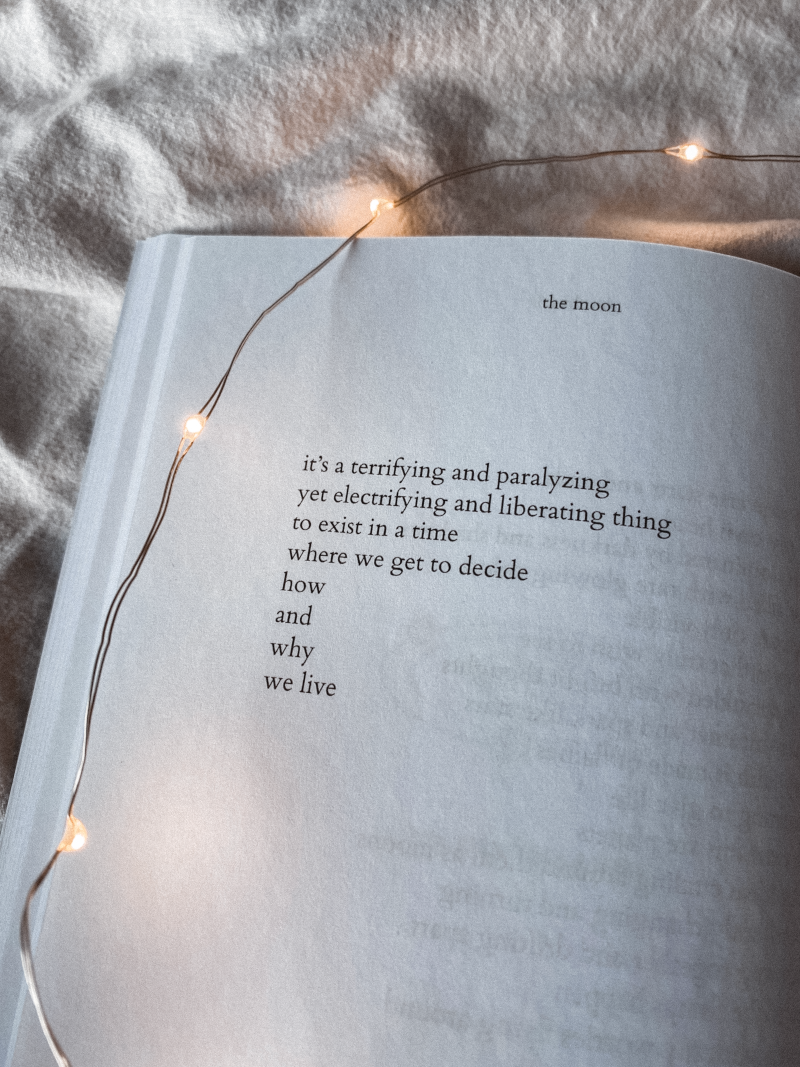
How do you explore identity and the search for one's "true north" in your poetry?
The idea of searching for "one's true north" comes from a story I heard once: When you use a compass, the arrow points to the magnetic north pole, which is a place that differs from the true geographical north, which is the very top of the earth. I thought this image was an interesting metaphor for how most of us live our lives listening to others' opinions and what society expects of us instead of listening to our inner voice and what we ourselves truly want.
The idea of the poetry collections was to invite the reader on a journey to get a bit closer to their ''true north" in the sense of a place where they feel they belong and where their purpose is fulfilled. That being said, I do believe the search for identity and one's right place is an ongoing and life-long process.
In your opinion - is poetry art? Is your style of using only lower-case letters a literary style or a new art form? Which role do the illustrations play in your work?
I would ultimately say that poetry is art, yes. However, I am not too keen on trying to define neither art nor poetry. I think it is up to each individual and each artist to decide whether something is art in their opinion or not. In the end, the only criteria for art in my opinion is that it makes people feel something. And if my poetry makes people feel a certain way, it doesn't bother me too much that others may not perceive it as art or even as poetry in its traditional form.
I would say that my current style is more of a literary style and not necessarily something that I will stick with. I like to explore different ways of expressing myself, and I like the way a text without punctuation and capitalization allows for a poem to be more of a stream of consciousness, where the reader must decide where it starts and ends.
I think the illustrations bring a new dimension to the work. Drawings have a way of expressing what words can and vice versa. Aside from creating an eye-catching effect, the illustrations also add to the depth of the poem in my opinion. But as mentioned earlier, I like to play around and being as young as I am, I am still open to discovering new ways of writing, that being with or without illustrations. I also think it depends highly on the topic and the style of the writing whether an illustration is suited or not.
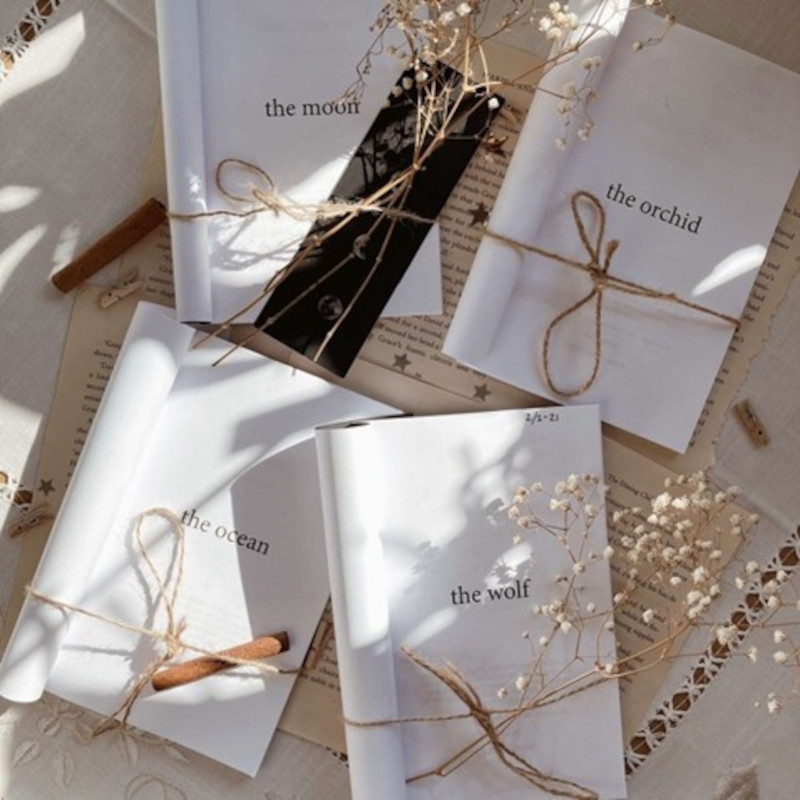
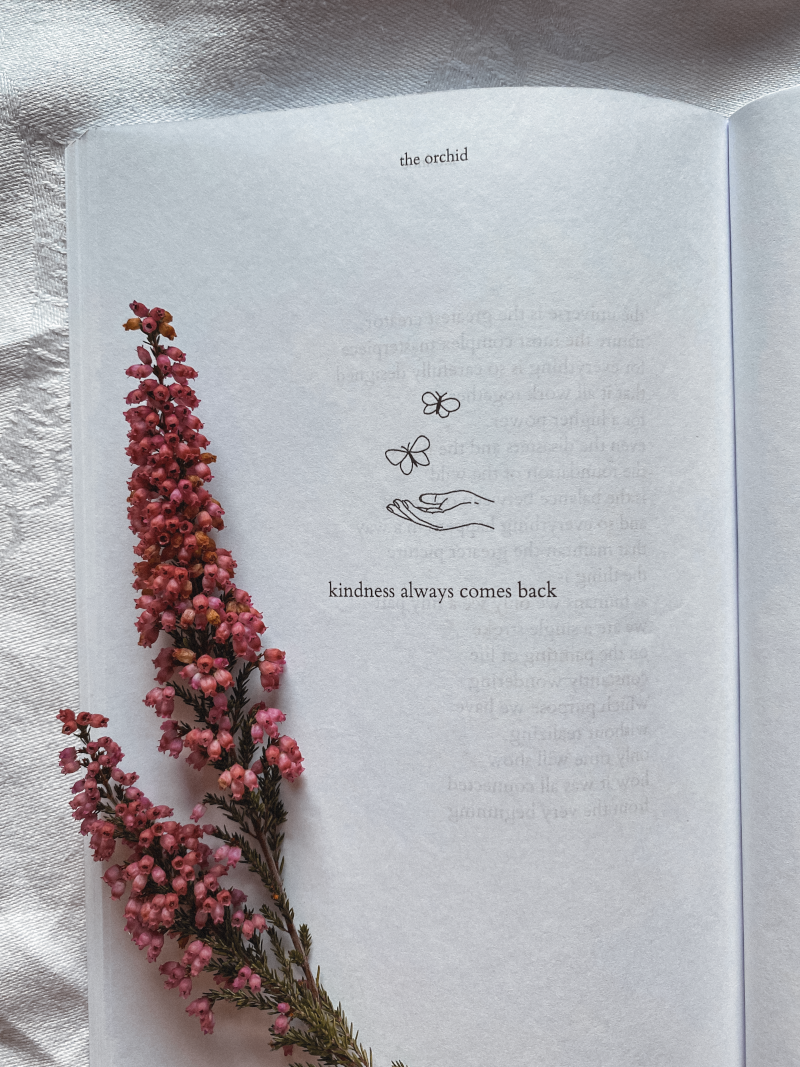
How can literature - as an art form - influence the inward journey?
I have been writing and reading for as long as I can remember. My life would definitely not
be the same without words and literature as an art form. I think the magic of it is that it's like a conversation without eye contact where it's sometimes easier to express some of the deeper and hardest truths of life. To me, writing is a sort of outlet where I release a lot of my emotions and thoughts. And it has influenced my inward journey in many ways, most of all the fact that I am able to track my progress in a unique way. It is so easy to forget how you felt a year ago, but when I read something I wrote at that time, it becomes clear to me how I have matured and grown since then.
When it comes to reading, I think being able to feel understood and know that you aren't alone in whatever you are going through is truly eye-opening. Especially in these social media times where everyone is obsessed with keeping up a facade, I think it's even more powerful to be able to crawl behind all of the pretending and get access to raw emotion. I ultimately feel like that may be the reason why poetry is experiencing a renaissance these years. People crave connection and that is easily found in something as raw as poetry.
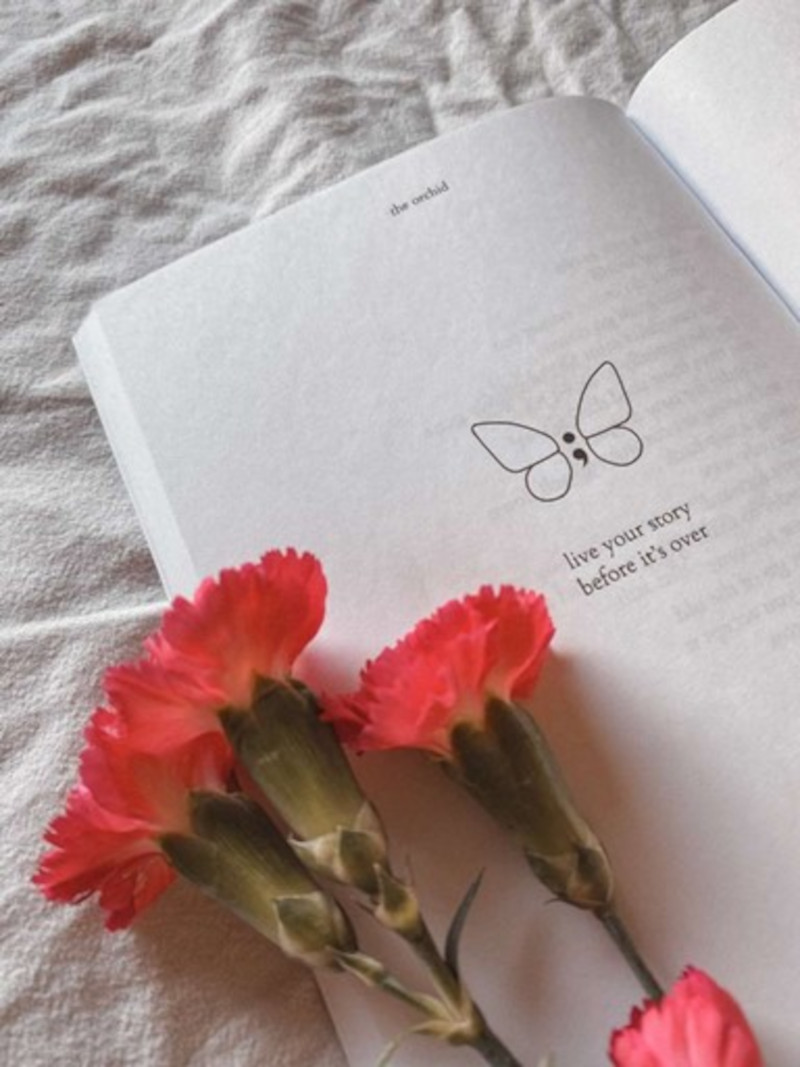
Your writing seems to be strongly influenced by the quest for identity. Can you tell us a little about your upbringing and literary career?
I was born and raised in a small town just outside of Copenhagen in Denmark where I have lived all of my life. My last name Tolnø comes from my father's side of the family, and we are currently five people with that name in the world, me being the only woman. I guess my life and writing has always been influenced by this contrast of being a random girl in a small town in a tiny country and then feeling like something special. At the same time, I am constantly torn between my two different natures, being soft and introverted on one hand, and being adventurous and ambitious on the other hand. I have always been a dreamer that never quite fit in anywhere and I suppose that is what shines through in my writing. It was a huge relief, though, to realize, after I started sharing my writing online, that many others shared this feeling of lostness and confusion.
My literary career started in my mother tongue, Danish, when I won a writing contest and self-published a short story-collection back in 2017. That same year I started sharing my poetry on Instagram which took off from the beginning of 2019. Since then, I've mostly been writing in English and self-published the collection of four poetry books in 2020.�
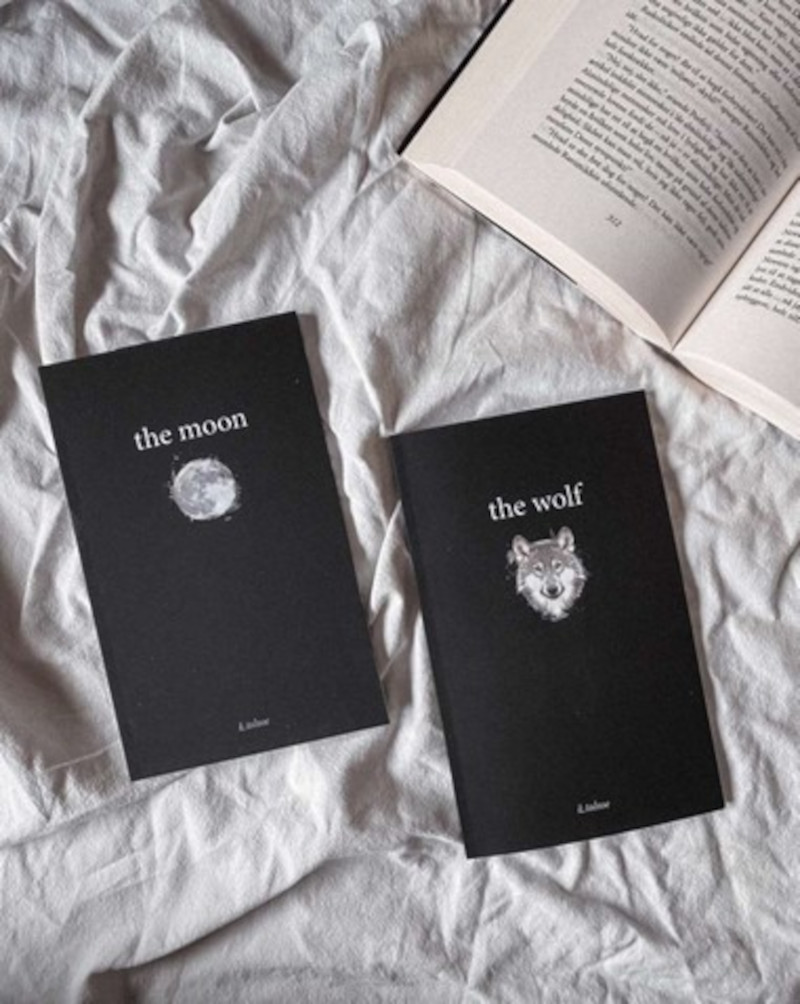
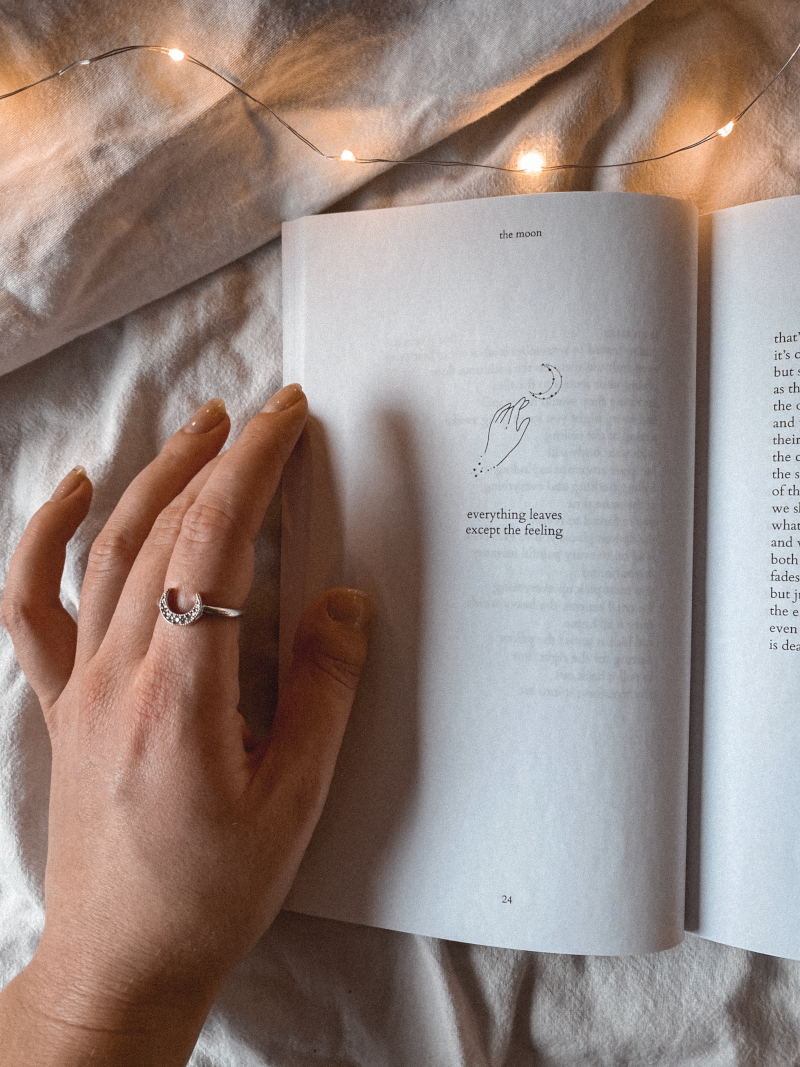
What is planned for the future? Can you offer us an insight into a new project?
I don't have any set plans for the future to be honest. I hope to travel a bit and meet some of my readers once the situation allows it. As for my writing, I feel like I am moving towards more extensive pieces which may end up in a new book sometime. I have several ideas that are still taking shape in my mind, and I haven't quite been able to decide yet which one to go with. However, I am also studying part time and just moved to Copenhagen on my own, so I also want to take some time to just take it all in and see where the journey takes me.
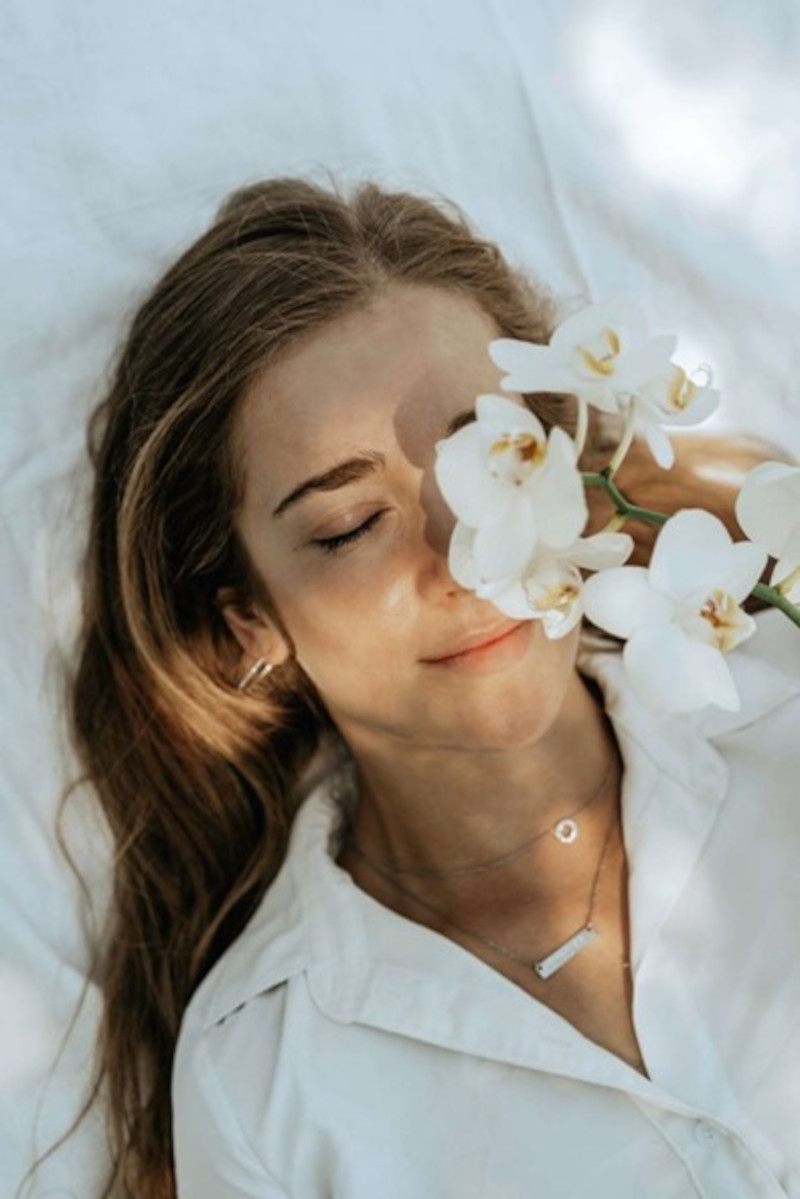
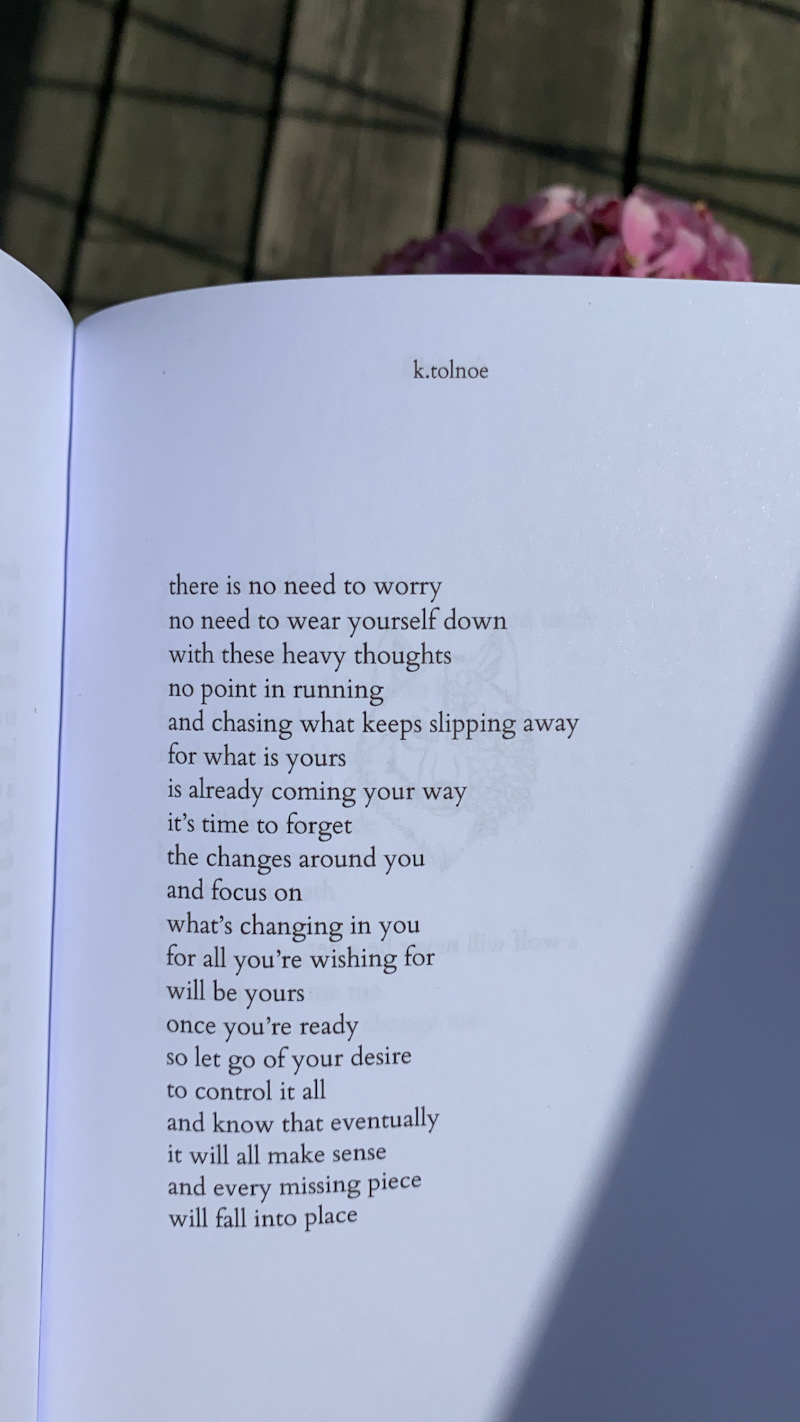
|
|

